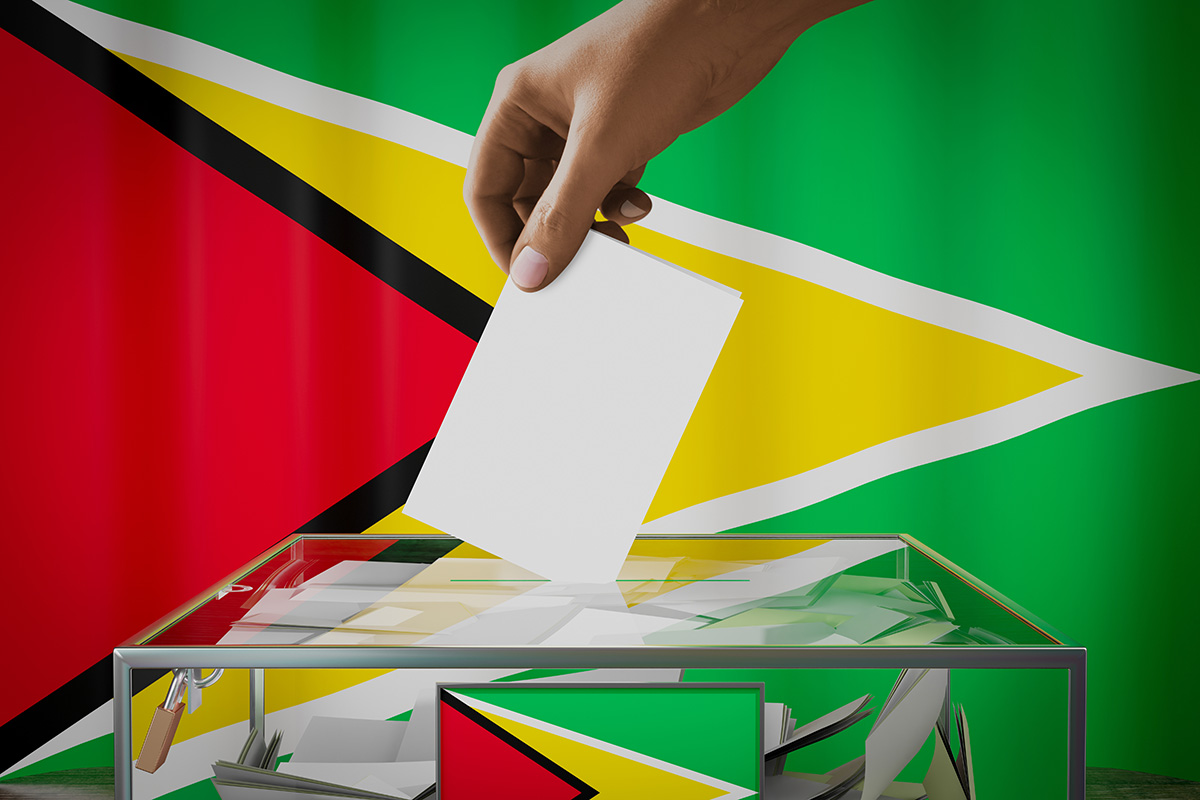Connecting Threads: Concerns of Every Indian Girl Child
December 1by G Sai Prashanth
Defying stigmas and stereotypes
Age-old refrains like, why should I send you to school when I have a son who will carry my name? are not just well-known in rural India; they can also be heard echoing in India’s urban agglomerations brimming with multi-storey buildings. In India, marriage is still at the centre of a girl’s life. The long-standing social conditioning that a woman’s role is more domestic and a man’s duty is more outdoor permeates Indian society. Even with India’s growing prosperity, there is still a tremendous amount of stigma associated with being born a woman. How will these elements that reinforce the views that are hostile towards educating a girl child be changed?
Are girls more academically gifted than boys?
‘Knowledge has no gender boundaries’, said the former President of India, Ram Nath Kovind. According to the results of the 2023 CBSE board exam, girls passed the class XII board examination with a 90.68% pass percentage, surpassing the boys by 6.01%. In the same way, girls also did better than boys on the class X boards in 2023, with a pass rate of 94.25%. The performance statistics from the previous years on class XII boards remain largely the same. The American Psychological Association (APA) released a meta-analysis that looked at gender disparities in education across 300 nations over nearly a century. According to the study’s findings, girls have long outperformed boys in terms of academics.
Every year on January 24, National Girl Child Day is celebrated with the goal of shining a spotlight on the importance of a girl’s education and health. The girl children of today are changing society by defying stereotypes and stepping up to take on challenging roles. An astounding 78% of parents in rural India now hope that their girls will pursue graduate-level education, according to the State of Elementary Education in Rural India 2023 report by the Development Intelligence Unit, which bears witness to this shift. In rural India, this change signifies a major advancement toward gender equality.
The progressive shift
Even though India is dedicated to ensuring quality, the current state of affairs makes it impossible to see high-quality education being offered. Still, it would be incorrect to close on a pessimistic note. India has made nothing less than revolutionary strides in this area. According to a study conducted by the World Institute for Development Economics Research (WIDER) at the United Nations University, while increased family financial capacity had a significant positive effect on attendance for both genders, it affected girls’ education rates nearly twice as much as boys. When financial circumstances were somewhat more favorable, the percentage of girls obtaining an education nearly doubled compared to the percentage of boys. Financial restrictions tend to be a major barrier to women’s education. Challenges that require immediate addressing include lack of funding, inadequate infrastructure, and gendered allocations of educational responsibilities.
Addressing gender inequality
To tackle these issues, comprehensive approaches such as tailored financial support plans, awareness campaigns that question gender norms, skill-building programs, and including dads in their children’s schooling are needed. Moreover, it is critical to change how society views gender roles and to provide high-quality, secure, and easily accessible learning environments. The slow changes in society that are being seen in rural India are the result of continuous, group efforts rather than a few individual instances. We must appreciate and invest in girls if we are to genuinely empower women and lessen gender inequality.
References:
- Jaychander, N. (2023, October 2). Where does India’s girl child stand today? Largest Content & Social Networking Platform for Women. https://www.hercircle.in/engage/theme/spotlight/where-does-indias-girl-child-stand-today-4277.html
- O’Dea, R. E., Lagisz, M., Jennions, M. D., & Nakagawa, S. (2018, September 25). Gender differences in individual variation in academic grades fail to fit expected patterns for stem. Nature communications. https://www.ncbi.nlm.nih.gov/pmc/articles/PMC6156605/
- Is Rural India’s educational transformation in favour of the girl child. EducationTimes.com. (n.d.). https://www.educationtimes.com/article/campus-beat/99734025/is-rural-india-s-educational-transformation-in-favour-of-the-girl-child
- Mohanty, I., & Rammohan, A. (2015, April 13). Child schooling in India: The role of gender. Indian Growth and Development Review. https://www.emerald.com/insight/content/doi/10.1108/IGDR-03-2014-0008/full/html
- United Nations. (n.d.). Gender disparity in primary education: The experience in India. United Nations. https://www.un.org/en/chronicle/article/gender-disparity-primary-education-experience-india#:~:text=It%20is%20interesting%2C%20however%2C%20that,at%20the%20upper%20primary%20stage.
- Why are girls consistently outshining the boys in CBSE boards. EducationTimes.com. (n.d.-b). https://www.educationtimes.com/article/school-guide/99732797/why-are-girls-consistently-outshining-the-boys-in-cbse-boards
- Freeman, C. E. (2004, October 31). Trends in educational equity of girls & women: 2004. NCES 2005-016. National Center for Education Statistics. https://eric.ed.gov/?id=ED492634






